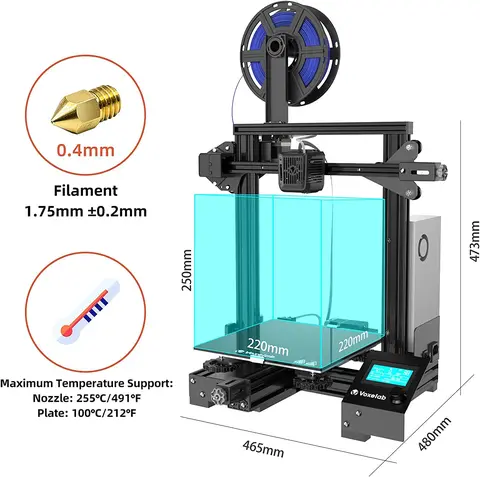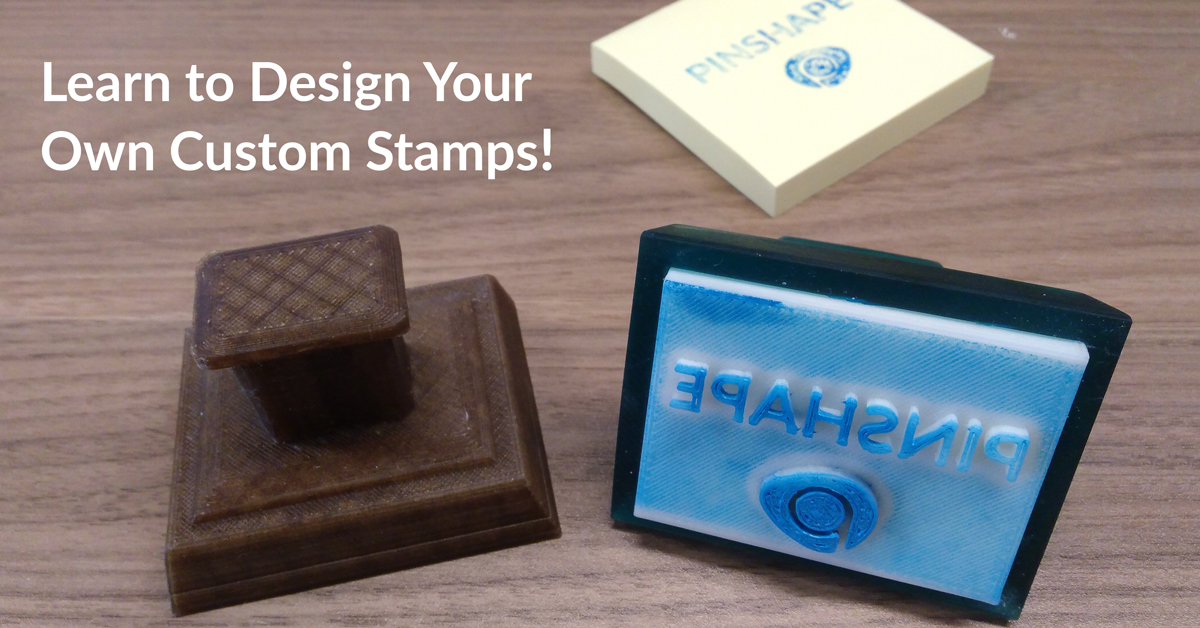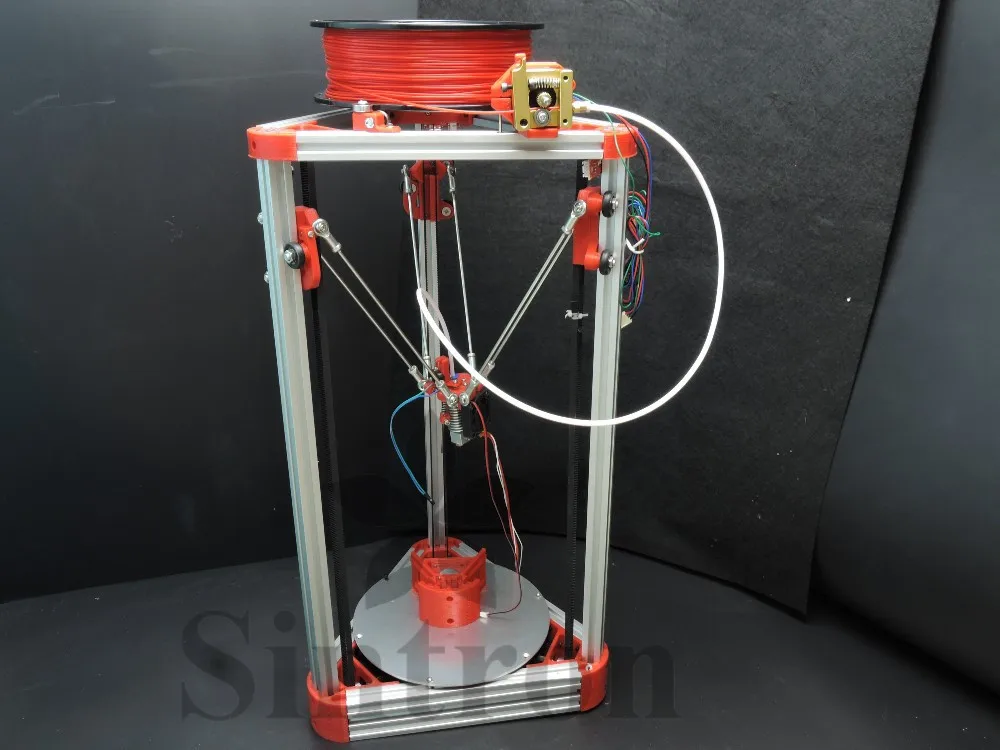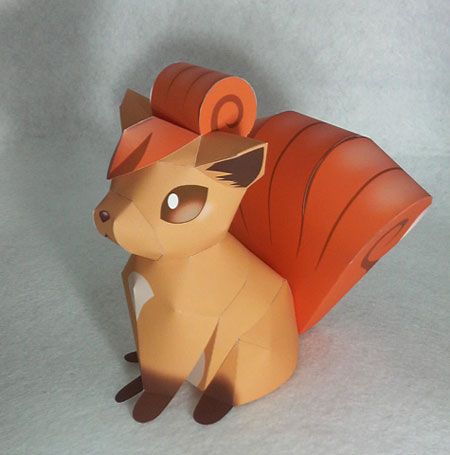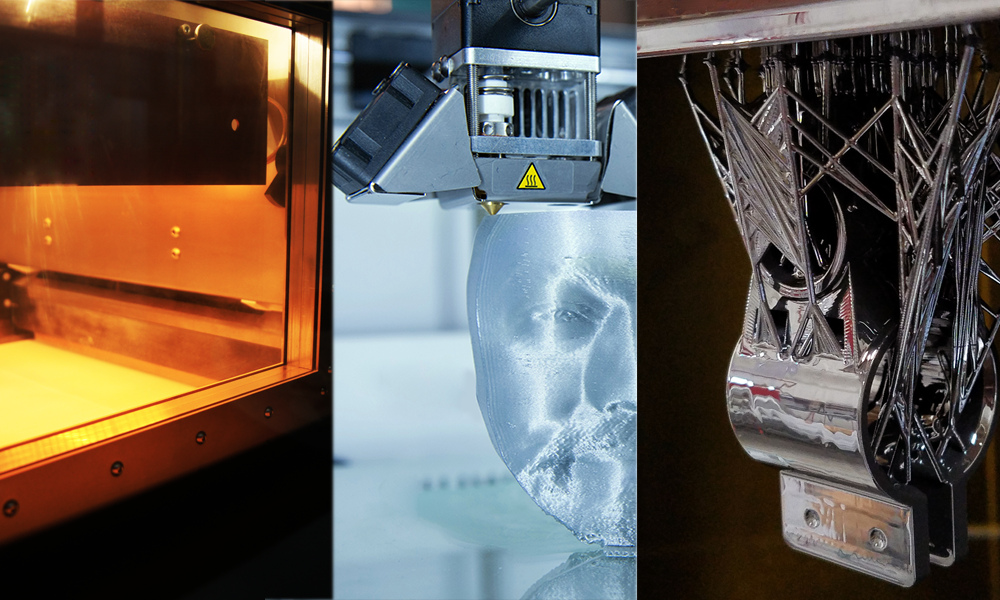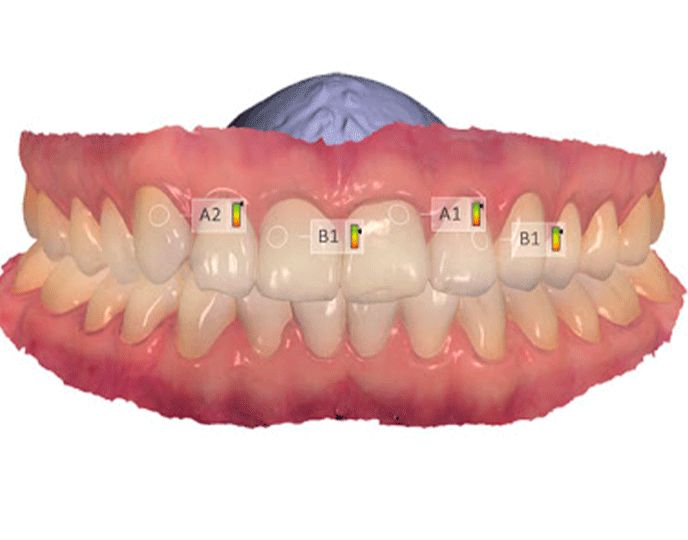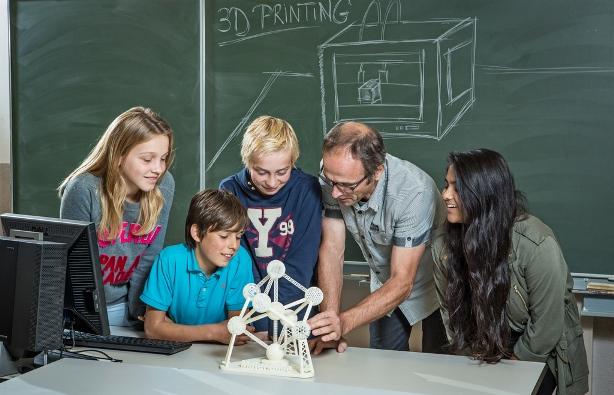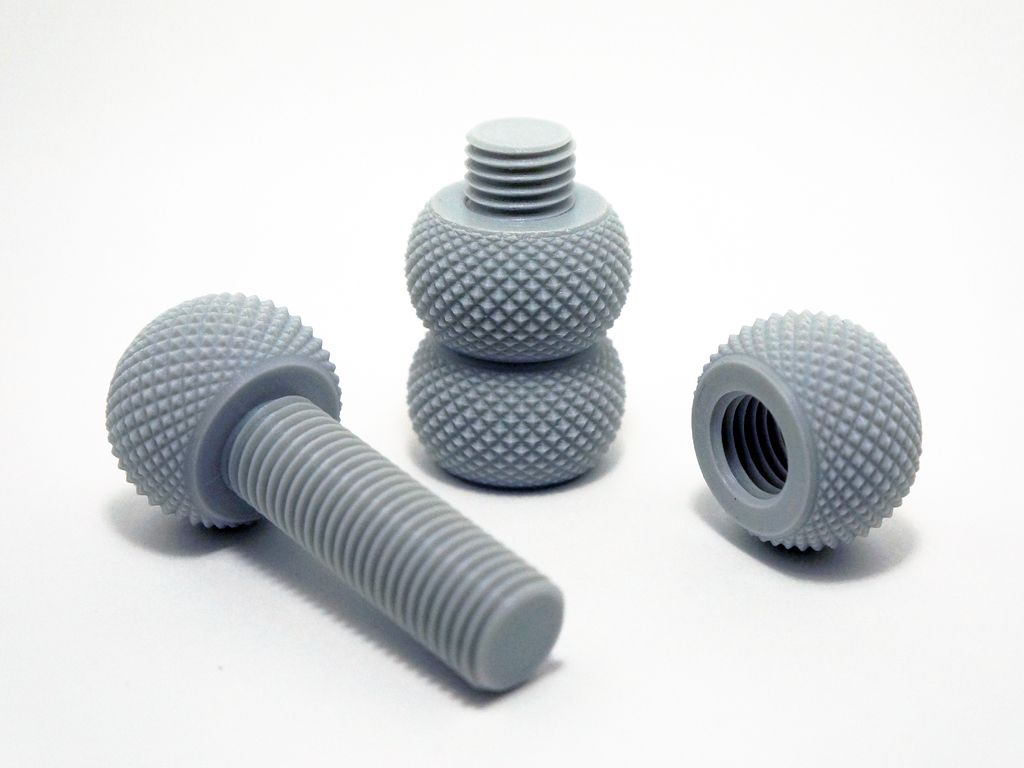Best file type for 3d printing
How to choose the best 3D printer file formats?
Posted By Kat Plewa on Oct 17, 2018 |
It this blog post we will talk about the most commonly used 3D printer file formats. As the choices are numerous it is essential for you to know what are your production needs. Are all the 3D file formats printable? And which 3D printer file format is the best for you? Let’s find out.
Choosing the right 3D printer file format is essential as it will decide what information the 3D printer will receive. We will introduce you to the best file formats and explain the features of each one to make it easier for you to prepare the perfect file for 3D printing.
What exactly is a 3D printer file?
A 3D printer file is a way to store information about your 3D model for the 3D printer to read. All 3D printer files contain the data about the shape of your 3D model, their geometry. Some files also present also more details such as color, texture, and materials. There are plenty of choices for 3D printer file formats, just on our online 3D printing service website we accept over 30 different types.
Most of the 3D file formats are printable. However, it’s essential to remember that not all 3D file formats are 3D printer file formats. Generally, 3D files can also store animations or visualizations, which of course can’t be printed. 3D printer file formats are used for Additive Manufacturing purposes only. What else makes them non-printable? Find out with our blog post on that topic. And to find out if your 3D file is well prepared for 3D printing, discover our answers to the top 6 questions on that subject.
You should also make the decision on which 3D printer file format you would like to use as not all the 3D printing software use the same file formats. You might end up finishing the design process of your parts and being unable to save your work in the needed file format. To avoid such a situation, keep on reading and make the best choice for your production.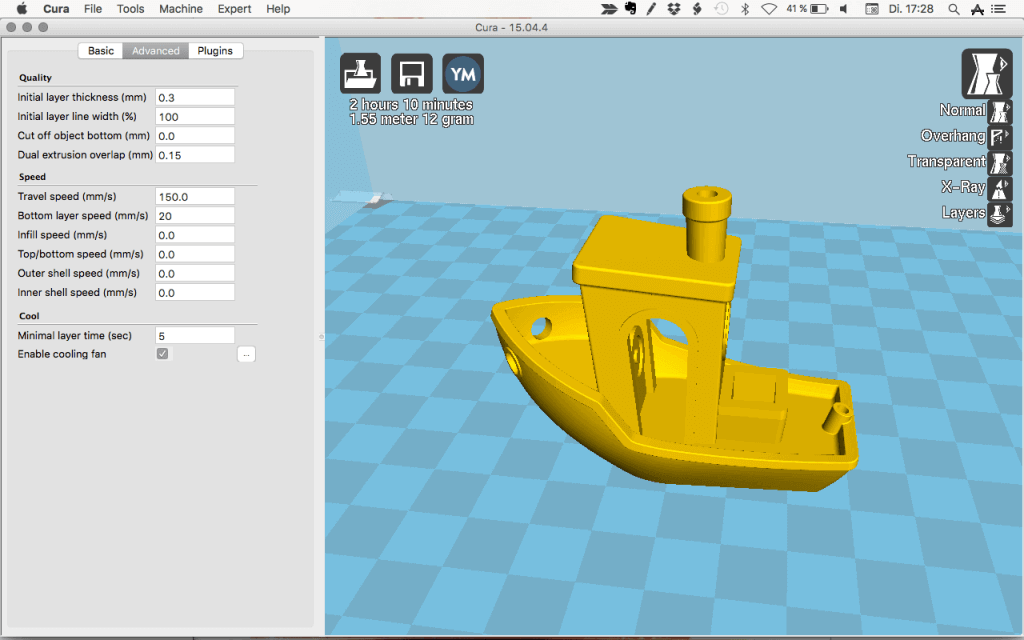
The best options for 3D printer file formats
The father of all 3D file formats: STL
The STL (Standard Triangle Language or ‘’Standard Tessellation Language’’) 3D printer file format is the very first file for 3D printing. Developed by Chuck Hull in 1987 still serves its purposes after 30 years. It’s the most commonly used 3D printer file format across the globe. It easily became the standard file for 3D printing.
STL file saves your 3D model as a surface of geometrical shapes, turning it into a triangular mesh. However, it can not carry the information about your 3D model’s color or texture. This 3D printer file format assures your model has no holes or overlaps, which is essential for 3D printing. This process is called ‘’tessellation’’ as the 3D model is tiled with geometrical shapes.
It’s essential to keep this process in mind as having too little of those ‘’tiles’’ will affect your 3D print, it might not be as smooth as the 3D model. It is related to the STL file resolution, which we dedicated a blog post to.
It is related to the STL file resolution, which we dedicated a blog post to.
This 3D printer file format was very quickly and easily adapted by all the 3D modeling software, slicers, and 3D printers. Some of the software even went as far as giving you the option to not only ‘’save as…’’ but straight ‘’Save .STL’’. STL is the standard file for saving any 3D model to send it for 3D printing.
For all those reasons we highly recommend using STL format. This 3D printer file format might not contain color information, but in most cases, that’s not an issue. You can still choose the color of the material you will 3D print your model with. And for engineering parts or fully functional prototypes color is not the most important part, it’s reliability and that’s what STL will give you.
It might happen that you have some problems with saving your 3D model as an STL. Check out our 6 most common FAQ about fixing STL files. STL format is such a popular and widely used 3D printer file that it has its own range of free editors to edit and repair them.
To provide you with the best online 3D printing service we also have our own several automatic STL file repair tools available to you at any time on our website. All you have to do is to upload your file and you can find there some editors such as hollowing or part thickening. Then we 3D print your parts and send them straight to your door.
If you want to learn even more about this 3D printer file format read up our 9 facts about STL and if you are looking for more specialized information about how you can repair it, follow up on how to fix STL files with Meshlab software.
STL’s biggest competitor: OBJ file format
OBJ (Object) is the second most used 3D printer file format in the 3D printing world. Why, you might wonder? Because it stores the color, material and texture data allowing for multicolor prints. At first, the file format was used for 3D graphics and was later adopted by the Additive Manufacturing industry once the printers developed and became capable of color 3D printing.
OBJ file format also gives the option to choose the way the surface of your object is translated into a 3D printable model. You can use tessellation like with the STL files, but OBJ also gives you more advanced options such as free-form curves and surfaces.
However, there is a reason why STL 3D printer file format is still much more popular than OBJ. The latter one is much more complex and repairing it isn’t as easy. Moreover, to keep the color information OBJ file comes with an MTL file and it can be hard to keep track if transferring both files.
This type of 3D printer files is more used in engineering industries which involve the highest level of precision and accuracy such as aerospace and automotive where a hair-thin difference can break the whole component. The Additive Manufacturing file format is beneficial for very complex designs, however, that also means a much larger file which can again cause problems moving it.
OBJ file format is open source licensed which made it easier to adopt by the software and hardware manufacturers than other multicolor 3D printer file formats such as COLLADA or FBX. However, at Sculpteo we accept all those file formats for 3D printing.
However, at Sculpteo we accept all those file formats for 3D printing.
At Sculpteo we keep up with the most innovative 3D printing technologies and of course, you can 3D print in full color with us. We provide you with a wide range of 390 000 colors to give your 3D model the most realistic look. Discover the endless 3D printing color technology now!
The meant to be STL 2.0: AMF file format
AMF (Advanced Module File) was first introduced by ASTM in 2013. It is the first 3D printer file dedicated just for the purpose to catch up with the evolving Additive Manufacturing technology. It stores the information about the geometry of your 3D model, color, materials, lattices, duplicates, and orientation.
AMF file works just like STL file turning your 3D model’s surface into a triangular mesh, but the difference is that it allows for the triangles to be curved which gives them more sleek finish. This allows using fewer shapes to describe curves which have an impact on smaller file sizes.
AMF is a good 3D printer file format, but it’s not even nearly as popular as STL format. This causes problems with 3D modeling software, slicers as well as with 3D printing it.
Microsoft development: the 3MF file format
3MF is another file format that was designed just for Additive Manufacturing needs. It was developed by Microsoft and the company really invested in the 3D printer file format: they created a special body called 3MF Consortium to work on the 3MF. The 3MF Consortium gathers the biggest names in 3D printing: Autodesk, Stratasys, Ultimaker, Siemens, HP, or GE.
3MF file format is a native Additive Manufacturing file and consists of all the necessary information: geometries, color, material, textures. It’s open source and parts of the code and even available on GitHub so everyone can contribute. So far, 3MF still hasn’t been as widely adopted as STL file, however, we give you the option to use it with our online 3D printing service.
Start importing your 3D models for 3D printing!
As you can see there are several choices and you need to ask about yourself what’s the purpose of your 3D model. OBJ file will work for highly complex engineering shapes, AMF and 3MF file formats are also good 3D printer file formats, but none of them are as easy and commonly used as STL files.
Once you make up your mind what 3D printer file format to use, don’t waste much time and simply upload your 3D model to our website as we accept over 30 types of files! And if you run into any problems at any stage of your product development process, don’t hesitate to contact us with any questions.
Don’t forget to stay on top of your game with our Newsletter and Facebook news!
4 common types of 3D printer file formats and when to use it
File formats are like the blueprints for printing three-dimensional objects. A 3D printer file is known to be the carrier of information from CAD model to 3D printer. It can encode a 3D model’s appearance, geometry, scene and animations. However, not all 3D printer file formats can carry all kinds of data.
It can encode a 3D model’s appearance, geometry, scene and animations. However, not all 3D printer file formats can carry all kinds of data.
There are several 3D file formats that are used today. These are FBX, 3DS, COLLADA, IGES, STEP and many more. This blog post will introduce 4 3D printer file formats that are commonly used by engineers and designers and when to use it. These file formats are considered as “go-to” formats for 3D printing.
- STL
Nowadays, STL is known to be the most common file format in 3D printing. Ever since its invention in 1987, it has remained to be the de facto standard in the 3D printing industry.
STL (Standard Triangle Language/Standard Tessellation Language) is the first file format developed for 3D printing. Its corresponding file extension is .stl.
STL files save 3D models as surface of geometrical shapes and turn it into a triangular mesh. But, it cannot display information about the model’s colour or texture.
STL file format is used by some designers because of its flexibility and popularity. Almost any piece of software and hardware supports this file format. This means that you can use your favourite CAD programs, repair tools and slicers without any problems.
STL file format is also used when the 3D model requires a single type of colour. If you want to be able to download plenty of ready-to-use 3D models, then use STL file format.
- OBJ
OBJ (Wavefront OBJect) is a 3D printer file format that was originally used by graphics designers as a neutral interchange format for 3D graphics. It was first developed by Wavefront Technologies for its animation package. This file format has the extension .obj.
Unlike STL, OBJ can encode colour and texture information, it also supports both approximate and precise encoding of surface geometry. This means that it doesn’t restrict its surface mesh to triangular facets. The designer can also use polygons such as quadrilaterals. However, OBJ doesn’t support any kind of animation.
The designer can also use polygons such as quadrilaterals. However, OBJ doesn’t support any kind of animation.
OBJ is often used when the 3D object requires more than one colour. It is also the choice of some developers because it offers a lot of flexibility on how it encodes the 3D model’s geometry.
Aside from that, with OBJ, the designer can use more advanced schemes such as free-form curves and free-form surfaces. These schemes can be used to encode curved geometry without losing any data.
This file format is also widely used in industries such as aerospace and automotive which are demanding when it comes to precision.
- AMF
AMF was introduced in 2011 as a replacement for STL file format and then was called “STL 2.0”. AMF was developed to address the shortcomings of STL format. Some issues that STL has includes bloated, error-prone, incapable of storing colour, material and texture information.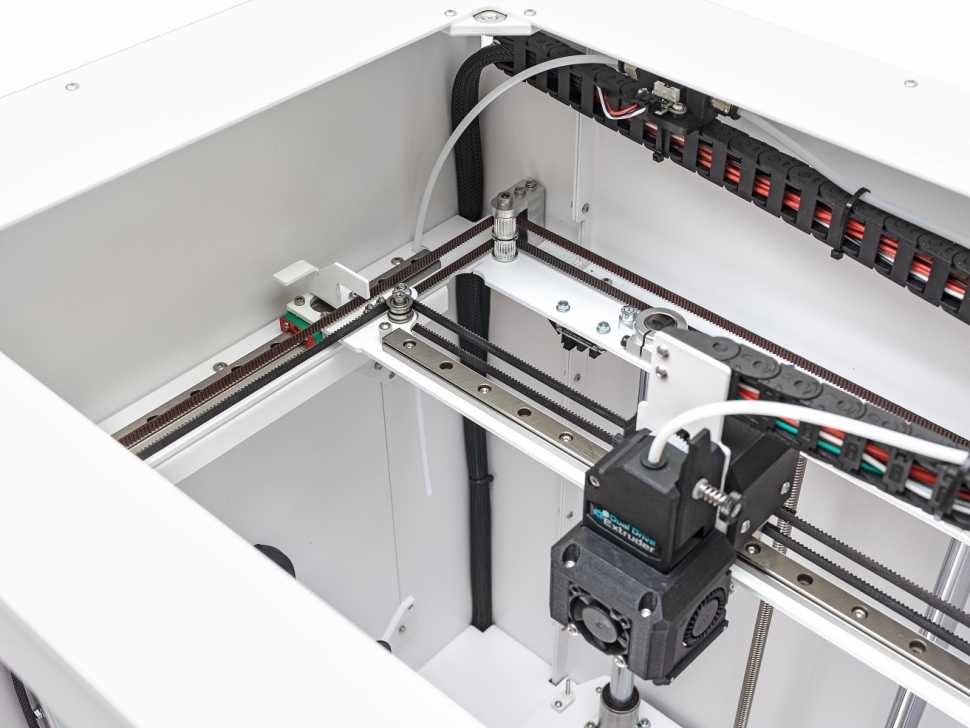
AMF is an XML-based format that has native support for geometry, lattices, scales, duplicates and orientation. Thus, it is a superior format for STL file.
Unfortunately, the 3D printing industry has been slightly slow to adopt this format in spite of its technical advantage.
When to use AMF?AFM 3D file format is used if a 3D model requires precision, multiple materials and multi-colours all at once. This format will ensure that the file will be easy to read, write and process.
Furthermore, aside from planar straight triangles, AMF allows curved triangles. In this way, you can easily describe a curved surface without the use of many facets.
- 3MF
As 3D printing industry advances, developers are trying to look for solutions to some of the notable problems with STL. Thus, Microsoft, along with other big companies such as Autodesk, 3D Systems, EOS, Stratasys, Ultimaker, etc. developed 3MF 3D printer file. It has the goal of creating a seamless and high-quality 3D printing experience for consumers and manufacturers.
developed 3MF 3D printer file. It has the goal of creating a seamless and high-quality 3D printing experience for consumers and manufacturers.
3MF features a geometry representation similar to STL but more compact than AMF 3D printer file format. However, 3MF is relatively new to the manufacturing industry. It still lacks more industry recognition.
When to use 3MF?3MF is often used by designers who want to avoid frustrations related to print failures, bad geometry, etc. 3MF file format can also handle 3D models that use different colours and materials. Thus, it can be used for complicated 3D printing projects.
3MF file format is trying to resolve all issues from other 3D printer file format and bring it together in a single file. Hence, it is considered as an ideal format for the future of 3D printing.
ConclusionThere are a lot of 3D file formats that are used by 3D printing designers today. But STL, OBJ, AMF, and 3MF are the most important among all of them. They have their own strengths and varies in their levels of compatibility with software and hardware.
They have their own strengths and varies in their levels of compatibility with software and hardware.
It is vital to understand and know the key differences between these 3D printer file formats. Your choice of 3d file format can greatly affect the production efficiency, 3D printing toolchain and the quality of 3D prints.
If you have more questions or want to learn more about 3D printing-related topics, cooperate with a 3D printing service provider in Sydney. Aside from that, they can offer services such as 3D design modelling, industrial 3D printing and many more.
8 most common 3D file formats
3DPrintStory 3D printing process 8 most common 3D file formats
There are different formats for storing information about 3D models. Surely you have heard about the most popular ones like: STL, OBJ, FBX, COLLADA, etc. They are widely used in 3D printing, video games, film, architecture, medicine, construction and education. At the same time, each of the listed areas has its most popular formats, which were formed due to historical or practical reasons. In the article below, we will look at the various file formats of 3D models and dwell in more detail on the 8 most popular today. nine0005
Surely you have heard about the most popular ones like: STL, OBJ, FBX, COLLADA, etc. They are widely used in 3D printing, video games, film, architecture, medicine, construction and education. At the same time, each of the listed areas has its most popular formats, which were formed due to historical or practical reasons. In the article below, we will look at the various file formats of 3D models and dwell in more detail on the 8 most popular today. nine0005
What is the 3D file format?
The main purpose of a 3D file is to store information about a 3D model in the form of a plain text or binary file. In essence, they encode information about the geometry, appearance, scene, and animation of a 3D model.
The geometry of a model describes its shape. Appearance includes colors, textures, material, etc. A scene refers to the location of light sources, cameras, and peripheral objects. Well, animation characterizes the movement of a 3D model. nine0005
However, not all 3D file formats store all of this information.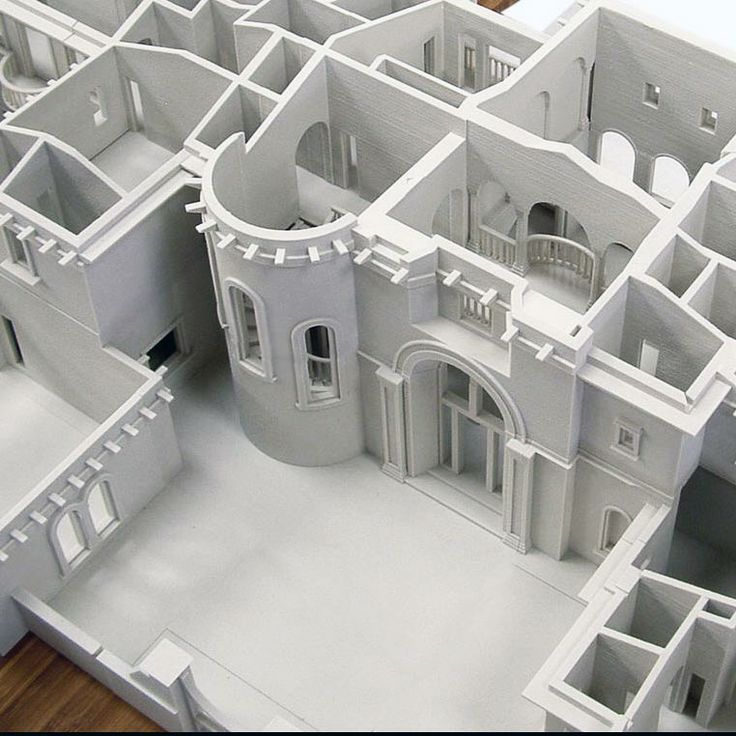 For example, the STL format stores only information about the geometry and ignores the rest of the data. On the other hand, COLLADA stores all this data.
For example, the STL format stores only information about the geometry and ignores the rest of the data. On the other hand, COLLADA stores all this data.
STL and COLLADA are just two of the many formats that are used in practice. Today there are more than 100 3D file formats!
How many 3D file formats are there?
There are hundreds of 3D file formats. Why are there so many? Mainly due to the fact that each developer of CAD software (for example, AutoDesk or Blender) has its own file format optimized specifically for their software. So if you are using AutoCad you will most likely be working with DWG files, and if you are using Blender you will be working with BLEND files. nine0005
Native 3D file formats are a problem...
Suppose you are using AutoCad (an AutoDesk product) and your friend is using Blender. And let's say you want to share your 3D model with a friend.
And here it turns out that everything is not as simple as we would like .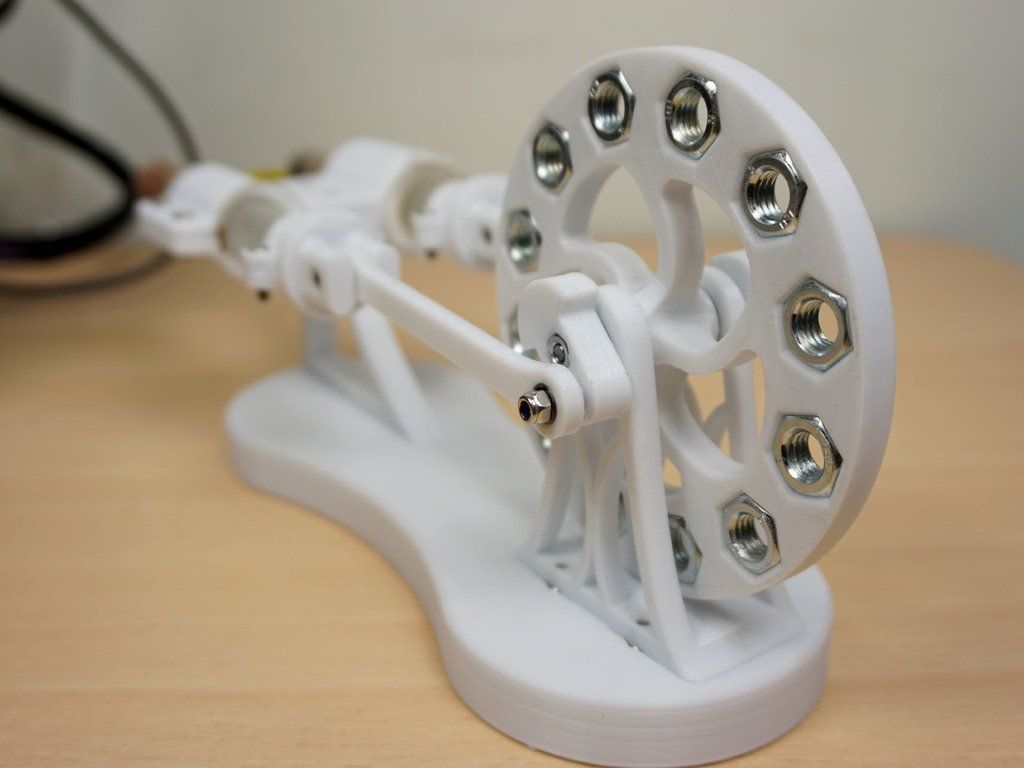 .. Your AutoCad outputs a DWG file, since this is its "native" format. But Blender (your friend's software) only works with BLEND files. That is, you will not be able to work on the same 3D model together. nine0005
.. Your AutoCad outputs a DWG file, since this is its "native" format. But Blender (your friend's software) only works with BLEND files. That is, you will not be able to work on the same 3D model together. nine0005
Universal 3D file formats solve the problem
Universal or open source formats are used to solve the compatibility problem. And of course, these formats have become very popular.
The two most popular universal formats are STL (.STL extension) and COLLADA (.DAE extension). They are very widely used to exchange 3D medal data between CAD programs. If you want to share your 3D model, you can convert the DWG file to COLLADA format - this process is called "export". Your friend takes this COLLADA file and imports it into Blender, where the COLLADA file is converted into the native BLEND format. Thus, you can use different CAD programs and still exchange data. nine0005
Proprietary and generic formats are the main fork in the world of 3D file formats.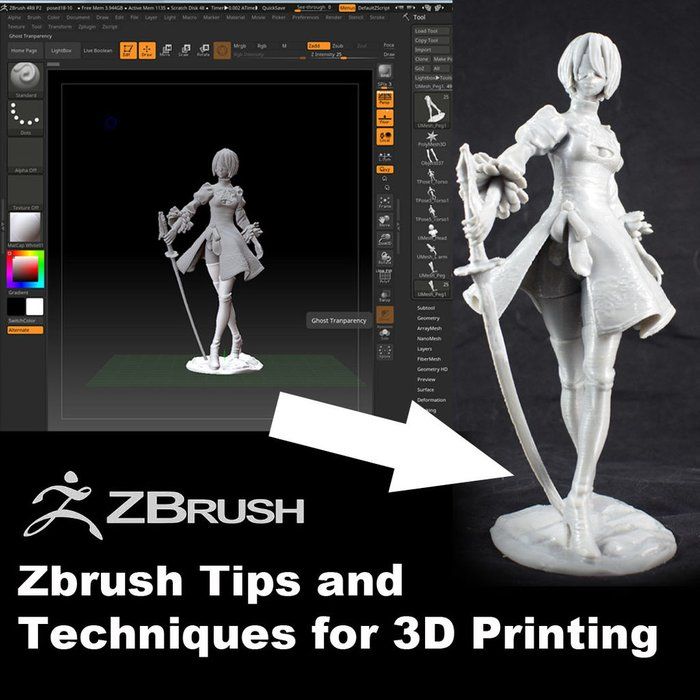 To date, most 3D modeling software has the ability to read and write popular universal formats. In addition, most programs also support the ability to work with formats from individual vendors that have become so common that they simply cannot be ignored. It is these proprietary and universal formats that we will consider below.
To date, most 3D modeling software has the ability to read and write popular universal formats. In addition, most programs also support the ability to work with formats from individual vendors that have become so common that they simply cannot be ignored. It is these proprietary and universal formats that we will consider below.
The table below summarizes the 8 most popular 3D file formats and their types. nine0046
before the end to the detailed. Let's deal with the important points that will help you choose the right format for your project.
General characteristics of different 3D file formats
We have already mentioned most of the characteristics above.
3D Model Geometry Encoding
Each 3D model has a unique geometry and this geometry encoding is the basis of any 3D model file format.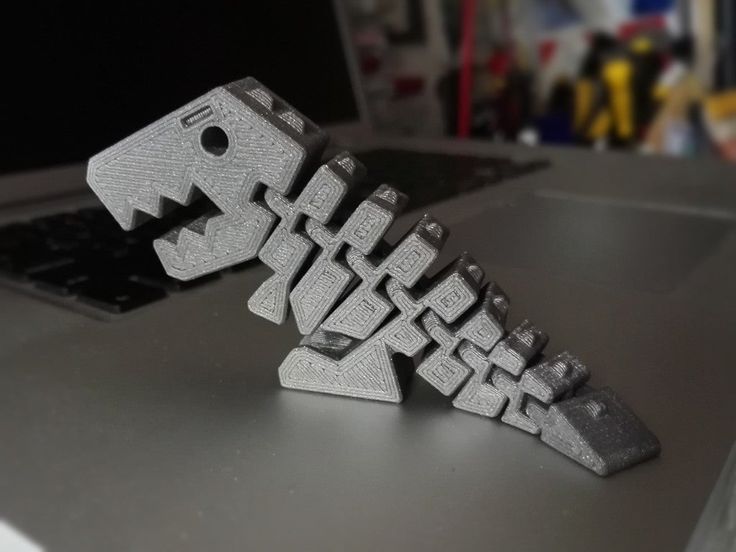
There are three principal methods for encoding surface geometry, each with its own advantages and disadvantages. These are approximate mesh, precise mesh, and constructive solid geometry (CSG). nine0005
Approximate mesh
During this encoding method, the surface of the 3D model is covered with a mesh of small imaginary polygons. Triangles are the most commonly used. The file saves the vertices and normal vectors to the sides of the triangles. Thanks to this, it is possible to accurately display the surface geometry of a 3D model.
Triangles approximate smooth surface geometry. Hence the name - approximating grid. The smaller the size of the triangles, the better the approximation. At the same time, the smaller the triangles, the more they are needed to cover the surface and, accordingly, more data about vertices and normals is stored in the source file. That is, the better the approximation, the larger the file size of the 3D model. nine0005
3D files that use approximation are great for tasks where there are no high requirements for 3D model resolution. Since 3D printers have certain limitations in resolution, it is in them that such 3D files are widely used. The most popular 3D model format for 3D printing - STL - belongs to this type.
Since 3D printers have certain limitations in resolution, it is in them that such 3D files are widely used. The most popular 3D model format for 3D printing - STL - belongs to this type.
Fine mesh
https://all3dp.com/3d-file-format-3d-files-3d-printer-3d-cad-vrml-stl-obj/
File types for 3D modeling and 3D printing
Almost everyone knows what types of files are used to save images: PNG, JPG, BMP, TIFF and others. But what about volume models? It would seem that we are adding a third dimension, but the file size is often smaller than even the image of the same model. In this article, we will tell you everything you need to know about files for storing models and even more: conversion methods, features of each type of file, and the file format for 3D printing. nine0005
3D model storage features
Unlike images, the voxel (voxel - volumetric pixel) storage method has not taken root in the world of 3D models. Only a few craftsmen use it when creating games or in scientific research. This is due to the history of the emergence of three-dimensional graphics: unlike the appearance of photography, three-dimensional graphics were originally created on a computer, and were used for animation. Voxels are much more difficult to animate, so they began to use the polygon storage method instead: the entire model consists of many polygons - triangles that have three points. It's like creating sculptures out of paper - by putting together a lot of flat pieces, you can get something voluminous and even smooth. nine0005
This is due to the history of the emergence of three-dimensional graphics: unlike the appearance of photography, three-dimensional graphics were originally created on a computer, and were used for animation. Voxels are much more difficult to animate, so they began to use the polygon storage method instead: the entire model consists of many polygons - triangles that have three points. It's like creating sculptures out of paper - by putting together a lot of flat pieces, you can get something voluminous and even smooth. nine0005
Dolphin Polygon Model
Although this method of saving as polygons cannot be called raster, these methods have much in common: the impossibility of increasing the quality, the direct relationship between the quality and file weight, ease of editing. This is the most practical format for saving and using models in 3D printing, but not the only one. Next, we will look at the most popular formats for storing 3D models.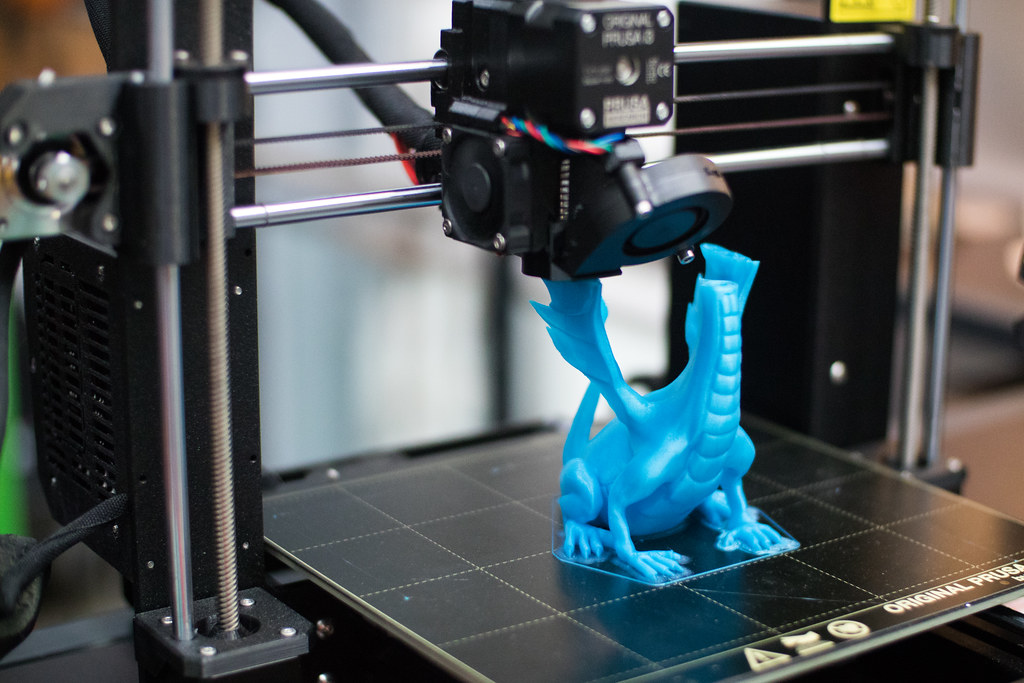 nine0005
nine0005
Universal 3D Model File Formats
In fact, there are as many different methods for storing 3D models as there are for storing photos and videos. But there are also universal formats that, although with some restrictions, can be opened in almost any program.
STL
Contrary to misconceptions, STL was not originally intended for artistic modeling. It was developed by the Albert Consulting Group and was intended for an early 3D printing method - stereolithography. Hence the name of the file - STereoLithography. After some time, the company openly published the format and since then it has gained immense popularity. nine0005
The STL format is widely used due to the simplicity of its structure: polygons (facets) and their normals. The former are needed to set the surface, and the latter to indicate where the outer side of the polygon is located. Therefore, this format can be considered the most universal.
Comparison of CAD model and STL model
Due to the fact that the model is defined using many triangles, it is impossible to accurately define curved surfaces, because this would require an infinite number of triangles, and therefore an infinite data store. But when used in 3D printing, this minus is not so important, since the accuracy specified using triangles is higher than the printing accuracy. nine0005
But when used in 3D printing, this minus is not so important, since the accuracy specified using triangles is higher than the printing accuracy. nine0005
OBJ
This format is very similar to STL, but differs in the ability to apply textures, set the material and store other information. Therefore, OBJ can be called an extended version of STL and is mainly intended for artistic modeling programs such as Blender, Autodesk Maya, 3Ds Max, Meshlab and others.
Processing an OBJ model in Blender
STEP
Now we are moving on to the engineering side of 3D modeling, because STEP is the only format that can be opened in any engineering modeling program and freely edited with the tools built into the program. STEP was originally developed as a world standard format for storing products on a computer, and was intended for a complete development cycle of a part. That is why all serious engineering modeling and physical simulation programs can work with this format. A distinctive feature of STEP is its high accuracy: the model is created with tools that allow you to set curves using formulas. Therefore, the precision in this format is infinite: no matter how much you increase it, the curved line will remain a curve, and will not become a lot of straight lines. nine0005
A distinctive feature of STEP is its high accuracy: the model is created with tools that allow you to set curves using formulas. Therefore, the precision in this format is infinite: no matter how much you increase it, the curved line will remain a curve, and will not become a lot of straight lines. nine0005
Creating a model in SolidWorks CAD
To create models in STEP format, CAD (Computer-Aided Design) is used. Thanks to the ISO standard, all CAD programs can work in this format. But not all data is freely transferred from one program to another via STEP. For us, the most important thing is the transfer of model geometry, and simulations, material and other data that the STEP format does not store are of secondary importance. nine0005
Proprietary formats
This category includes file formats that can only be opened in one program - in which the files were created. They are intended only for storing projects, often they cannot be used in 3D printing. An exception is the Ultimaker Cura slicer, which has the ability to add plug-ins that allow you to open files of programs such as Inventor, Siemens NX, Solidworks and others directly from the slicer.
An exception is the Ultimaker Cura slicer, which has the ability to add plug-ins that allow you to open files of programs such as Inventor, Siemens NX, Solidworks and others directly from the slicer.
Engineering programs
As mentioned earlier, these programs are called CAD. Since this software is often intended for production, they also have a common file format (STEP). Some programs, often produced by one company, allow you to work in a common ecosystem. For example, in many of Autodesk's engineering software, format compatibility can be found: Fusion 360 can open a file created in Inventor. But with this method of opening, some information about the product will still be lost, for example, information about the physical simulations performed. Therefore, if the part is not developed to the end, you should not move it between different programs. nine0005
Art programs
This category includes programs created for visualization: animation, special effects, creation of figures and models for video games. Unlike the previous case, chaos reigns in artistic modeling programs. Each program has its own format, and the general STL format limits the functionality of each program to the simplest tools. But this is enough to create models that will later be printed on a 3D printer, since only the geometry of the model is important. nine0005
Unlike the previous case, chaos reigns in artistic modeling programs. Each program has its own format, and the general STL format limits the functionality of each program to the simplest tools. But this is enough to create models that will later be printed on a 3D printer, since only the geometry of the model is important. nine0005
Gcode - format for 3D printing
Actually Gcode is more than just a file format. It is a separate programming language. But instead of executing commands by a computer, commands in this language are executed by a 3D printer. Initially, this language was developed for complex CNC machines, and a 3D printer is one of the simplest representatives of this type of device. Unlike previous formats, gcode can be easily edited manually, thereby giving commands to the printer directly, bypassing the computer. With this, you can create macros that make it easier to work with a 3D printer. You can read more about working with the gcode language and creating macros in an article on our website.



